Abarth 500 595 695 vs Volvo ES90 – Performance, range & efficiency compared
Both models have their strengths – but which one suits you more?
Compare performance, efficiency, price and space directly: Abarth 500 595 695 or Volvo ES90?
Costs and Efficiency:
Price and efficiency are often the first things buyers look at. Here it becomes clear which model has the long-term edge – whether at the pump, the plug, or in purchase price.
Abarth 500 595 695 has a significantly advantage in terms of price – it starts at 32600 £, while the Volvo ES90 costs 61700 £. That’s a price difference of around 29143 £.
In terms of energy consumption, the advantage goes to the Volvo ES90: with 15.90 kWh per 100 km, it’s slight more efficient than the Abarth 500 595 695 with 17.10 kWh. That’s a difference of about 1.20 kWh.
As for range, the Volvo ES90 performs decisively better – achieving up to 700 km, about 435 km more than the Abarth 500 595 695.
Engine and Performance:
Power, torque and acceleration say a lot about how a car feels on the road. This is where you see which model delivers more driving dynamics.
When it comes to engine power, the Volvo ES90 has a decisively edge – offering 680 HP compared to 155 HP. That’s roughly 525 HP more horsepower.
In acceleration from 0 to 100 km/h, the Volvo ES90 is convincingly quicker – completing the sprint in 4 s, while the Abarth 500 595 695 takes 7 s. That’s about 3 s faster.
In terms of top speed, the Volvo ES90 performs to a small extent better – reaching 180 km/h, while the Abarth 500 595 695 tops out at 155 km/h. The difference is around 25 km/h.
There’s also a difference in torque: Volvo ES90 pulls convincingly stronger with 870 Nm compared to 235 Nm. That’s about 635 Nm difference.
Space and Everyday Use:
Whether family car or daily driver – which one offers more room, flexibility and comfort?
Seats: Volvo ES90 offers to a small extent more seating capacity – 5 vs 4.
In curb weight, Abarth 500 595 695 is significantly lighter – 1410 kg compared to 2410 kg. The difference is around 1000 kg.
In terms of boot space, the Volvo ES90 offers decisively more room – 424 L compared to 185 L. That’s a difference of about 239 L.
In maximum load capacity, the Volvo ES90 performs convincingly better – up to 1427 L, which is about 877 L more than the Abarth 500 595 695.
When it comes to payload, Volvo ES90 distinct takes the win – 500 kg compared to 385 kg. That’s a difference of about 115 kg.
Who wins the race?
The Volvo ES90 proves to be leaves the rival little chance and therefore becomes our DriveDuel Champion!
Volvo ES90 is the better all-rounder in this comparison.

Volvo ES90
Abarth 500 595 695
The Abarth 500, particularly in its 595 and 695 renditions, captures the spirit of Italian motoring with its compact yet aggressive design. Known for its lively performance and distinctive styling, this little powerhouse is a joy to drive, offering an engaging experience that appeals to enthusiasts. With its rich motorsport heritage, the Abarth 500 embodies the essence of fun and excitement on both the streets and the race track.
details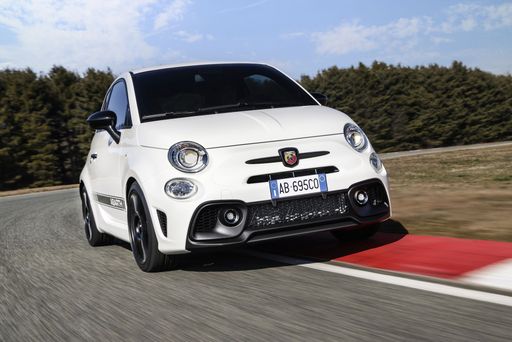 @ Abarth / Stellantis Media
@ Abarth / Stellantis Media
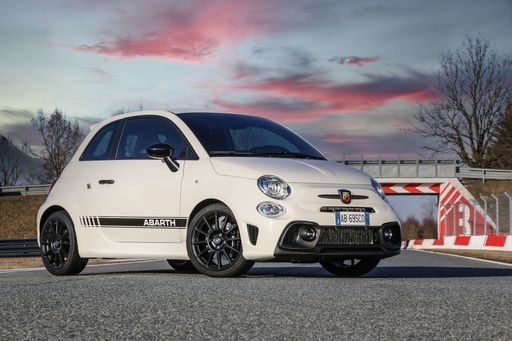 @ Abarth / Stellantis Media
@ Abarth / Stellantis Media
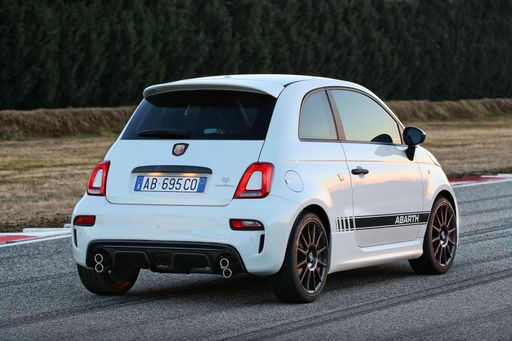 @ Abarth / Stellantis Media
@ Abarth / Stellantis Media
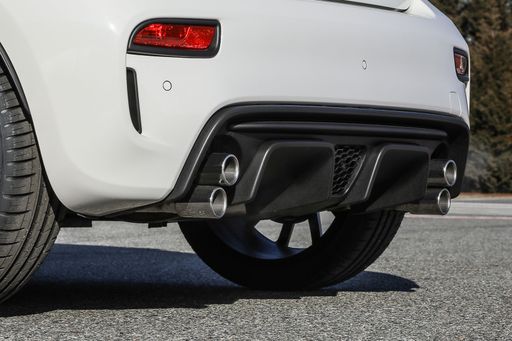 @ Abarth / Stellantis Media
@ Abarth / Stellantis Media
 @ Abarth / Stellantis Media
@ Abarth / Stellantis Media
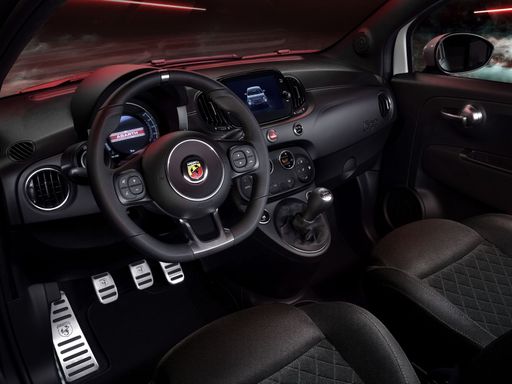 @ Abarth / Stellantis Media
@ Abarth / Stellantis Media
Volvo ES90
The Volvo ES90 stands out as a luxury sedan, embodying Scandinavian elegance combined with innovative technology. Its sleek design is complemented by a plush interior that emphasizes comfort and safety, aligning with Volvo's renowned reputation. With advanced features and a focus on sustainability, the ES90 is a testament to the brand's commitment to responsible luxury.
details
 @ Abarth / Stellantis Media
@ Abarth / Stellantis Media
|
|
|
|
|
Costs and Consumption |
|
|---|---|
|
Price
32600 - 39400 £
|
Price
61700 - 81000 £
|
|
Consumption L/100km
-
|
Consumption L/100km
-
|
|
Consumption kWh/100km
17.1 - 18.8 kWh
|
Consumption kWh/100km
15.9 - 17.1 kWh
|
|
Electric Range
242 - 265 km
|
Electric Range
651 - 700 km
|
|
Battery Capacity
37.80 kWh
|
Battery Capacity
88 - 102 kWh
|
|
co2
0 g/km
|
co2
0 g/km
|
|
Fuel tank capacity
-
|
Fuel tank capacity
-
|
Dimensions and Body |
|
|---|---|
|
Body Type
Hatchback
|
Body Type
Hatchback
|
|
Seats
4
|
Seats
5
|
|
Doors
3
|
Doors
5
|
|
Curb weight
1410 - 1435 kg
|
Curb weight
2410 - 2610 kg
|
|
Trunk capacity
185 L
|
Trunk capacity
424 L
|
|
Length
3673 mm
|
Length
5000 mm
|
|
Width
1682 mm
|
Width
1942 mm
|
|
Height
1518 mm
|
Height
1546 mm
|
|
Max trunk capacity
550 L
|
Max trunk capacity
1427 L
|
|
Payload
370 - 385 kg
|
Payload
490 - 500 kg
|
Engine and Performance |
|
|---|---|
|
Engine Type
Electric
|
Engine Type
Electric
|
|
Transmission
Automatic
|
Transmission
Automatic
|
|
Transmission Detail
-
|
Transmission Detail
Reduction Gearbox
|
|
Drive Type
Front-Wheel Drive
|
Drive Type
Rear-Wheel Drive, All-Wheel Drive
|
|
Power HP
155 HP
|
Power HP
333 - 680 HP
|
|
Acceleration 0-100km/h
7 s
|
Acceleration 0-100km/h
4 - 6.6 s
|
|
Max Speed
155 km/h
|
Max Speed
180 km/h
|
|
Torque
235 Nm
|
Torque
480 - 870 Nm
|
|
Number of Cylinders
-
|
Number of Cylinders
-
|
|
Power kW
114 kW
|
Power kW
245 - 500 kW
|
|
Engine capacity
-
|
Engine capacity
-
|
General |
|
|---|---|
|
Model Year
2023
|
Model Year
2025
|
|
CO2 Efficiency Class
A
|
CO2 Efficiency Class
A
|
|
Brand
Abarth
|
Brand
Volvo
|
Is the Abarth 500 595 695 offered with different drivetrains?
The Abarth 500 595 695 is offered with Front-Wheel Drive.
The prices and data displayed are estimates based on German list prices and may vary by country. This information is not legally binding.
